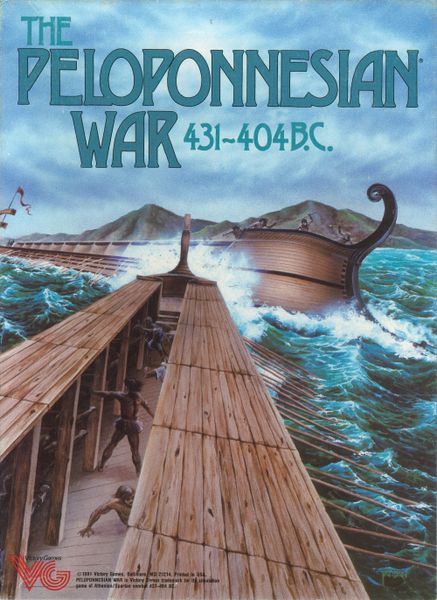The Peloponnesian War, 431-404 BC (1991) Board Game
The Peloponnesian War, 431-404 BC board game is based on the historic conflict between Athens and Sparta, which took place in Ancient Greece. The war lasted for over 27 years and had a significant impact on the balance of power in the region.
Game Components of The Peloponnesian War, 431-404 BC
How To Setup The Peloponnesian War, 431-404 BC
Setting up the game involves preparing the game board, placing the counters according to the specific scenario chosen, and organizing the strategy matrices and player aid cards. The playbook provides detailed setups for each scenario, ensuring each game starts with a unique challenge. Leaders are chosen randomly, adding a layer of unpredictability to the setup.
Gameplay Mechanics and Game Objective
**Game Objective
Player Experience
The Peloponnesian War, 431-404 BC, offers an immersive experience for players, especially those interested in ancient warfare and strategic games. The game requires careful planning and resource management, as the cost of war and leadership qualities play crucial roles. The unique solitaire system, where the player switches sides, adds a layer of complexity and challenge.
Pros
Cons
Personal Thoughts on The Peloponnesian War, 431-404 BC
This game is ideal for those who enjoy strategic board games, particularly those with an interest in ancient history and warfare. It offers a challenging and historically rich experience, making it perfect for seasoned board gamers looking to dive into the intricacies of the Peloponnesian War. However, due to its complexity and time requirement, it may not be the best fit for casual or new board game enthusiasts.
We are supported by our audience. When you purchase through links on our site, we may earn an affiliate commission, at no extra cost for you. Learn more.

